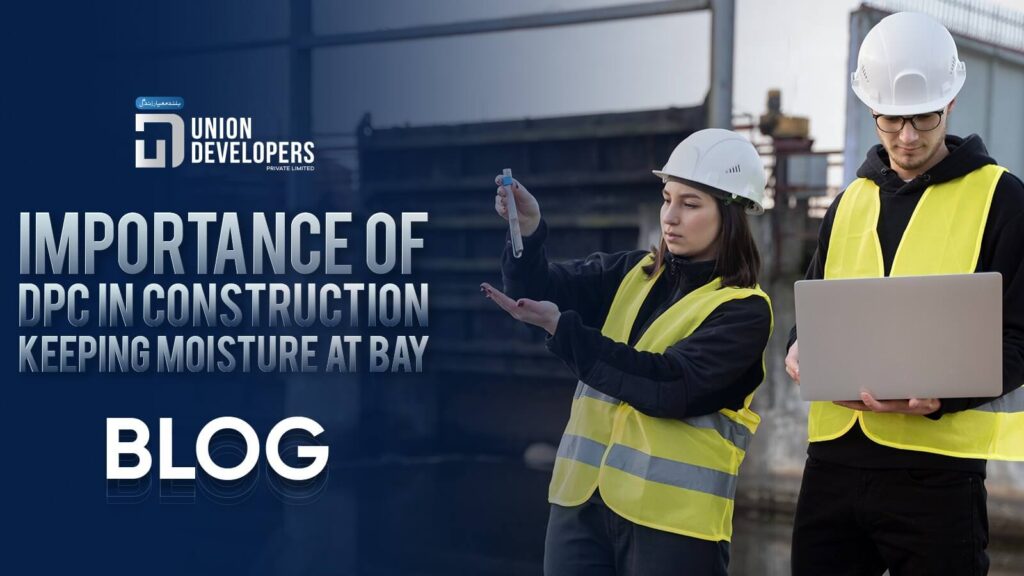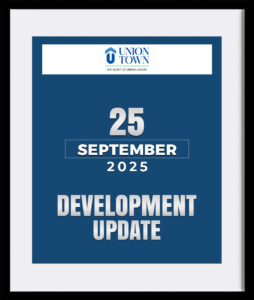In the construction industry, DPC is abbreviated as Damp-Proof Course. It is designed to prevent moisture from passing through the walls, causing dampness. Rising dampness can cause severe damage to building structures over time, leading to structural issues, aesthetic degradation and even health problems for occupants. The damp proof course is generally applied at basement levels, which restricts the movement of moisture through walls and floors. Hence, therefore it ensures the longevity of buildings.
What is DPC in Construction?
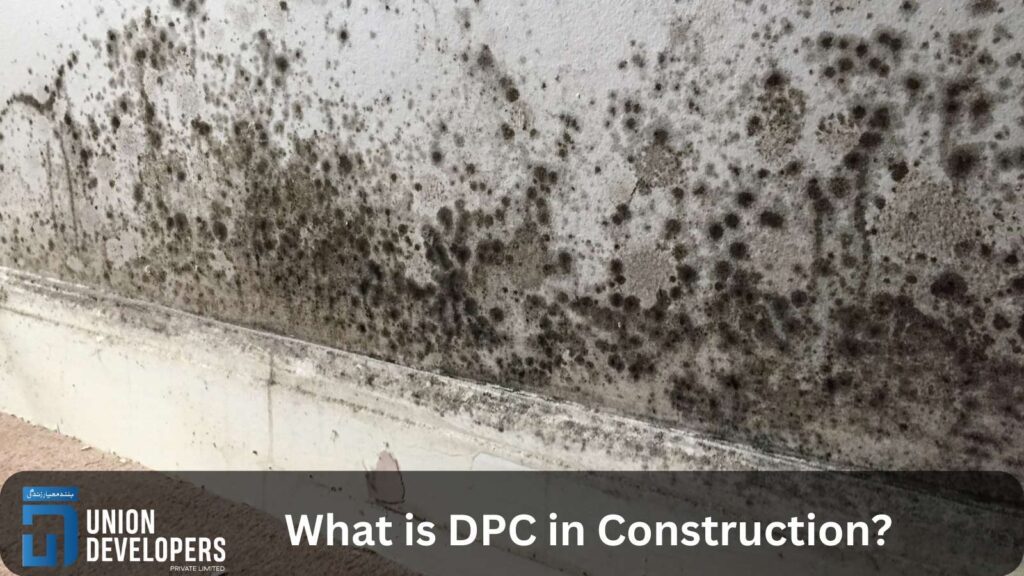
It is a type of building construction which ensures protection against water intake through its vertical structure features. A damp-proof course, often shortened to DPC, is a preventive measure incorporated into structures to stop water migrating through the walls through capillaries. Capillary action, commonly referred to as rising dampness, occurs when water from the soil is sucked by the porous materials used to model the building.
- Purpose: The primary position of DPC is to indisputably remain effective as a waterproofing maker and no water should be moving upwards.
- Placement: Usually placed horizontally at the bottom of the walls, but it can also be placed vertically to protect against dampness from the sides.
- Materials: Wooden, plastics, metal foils, paper as well as flexible materials are mostly used in this method, depending on the type of building requirements.
Importance of DPC in Construction
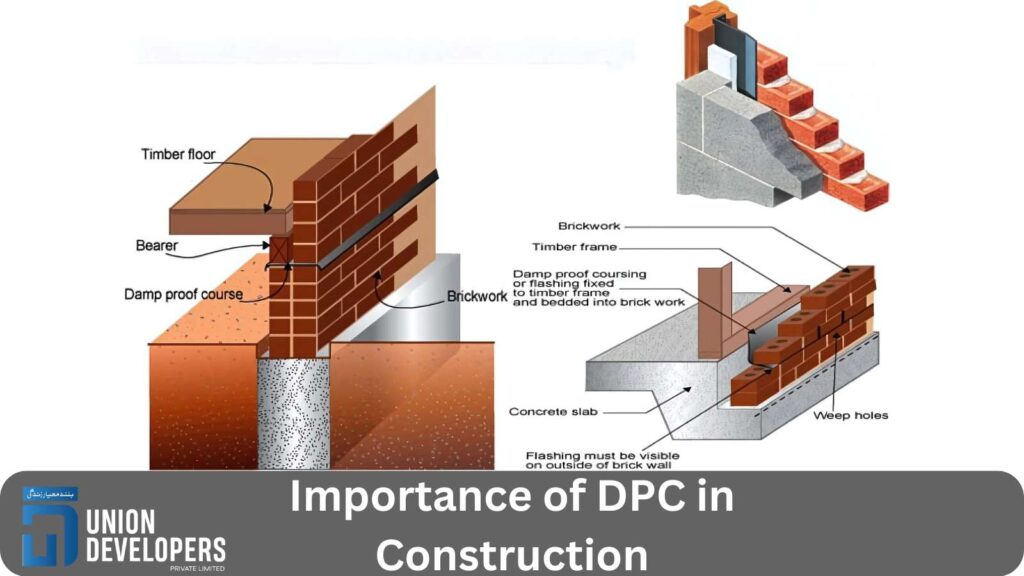
1. Prevents Structural Damage
If dampness keeps rising it will compromise the structural performance of the building over time. The generation of excessive moisture leads to damp walls, rusted metals and rotten wood, resulting in weakness of the structure. Properly used DPC facilitates the maintenance of the foundation of the building remains dry conditions and minimizes the damages.
- Longevity: DPC prolongs the life span of a building by preventing the scaling of moisture within a building and safe it from frequent requirements of repairs.
- Avoids Weakening: Even in adverse conditions, dampness can result in the plaster being chipped off and brickwork being eroded. However, this is not the case with a DPC.
2. Intact the Aesthetic Appeal
Dampness not only harms the building structure, but also causes the walls to have ugly stains, peels off paint, and encourages the growth of mould. With DPC construction, you will eliminate these tacky problems that always end up being costly in terms of repairs and repainting.
- Absence of Efflorescence: Efflorescence refers to a powdery white deposit formed on the wall when moisture-laden with salts rises the wall. The DPC serves to prevent this.
- Inhibition of Mould Growth: The absence of wetness in a building decreases the chances of the growth of mushrooms which would have negative effects on health and poor looks to a house.
3. Enhances the Quality of Air inside the House
Due to too much rising dampness, there is usually the presence of microbes like moulds and mildew which affect the quality of air indoors and this may cause respiratory problems for the occupants. A DPC helps worst situations within houses by controlling the moisture of the building and the growth of moulds.
- Mould Control Benefits: Because DPC controls moisture ingress which would have encouraged the growth of allergens such as mould spores, its health implications are less severe.
- Improved Quality: Drying up the interiors of the building goes a long way in enhancing the comfort of the residents or the people using the building.
Use of DPC in Construction
1. Types of DPC Materials
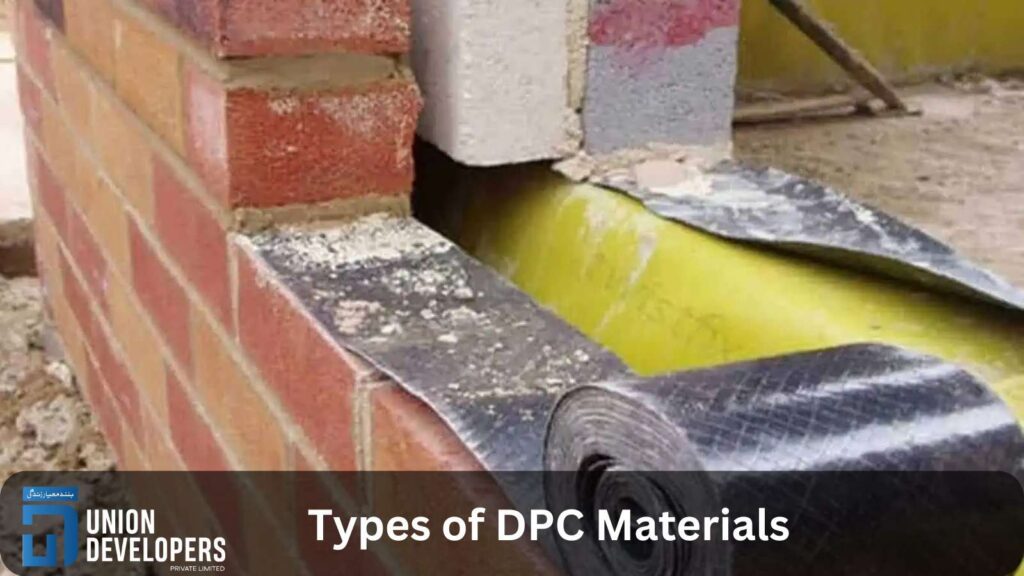
There are various DPC material types depending on the construction requirements:
- Flexible Materials: Because they are flexible and easy to apply, bituminous, polyethene and plastic sheeting are also preferred.
- Rigid Materials: For heavy-duty constructions, engineering bricks, slate and concrete can also be utilized as DPC in which more durability is required.
They are different building materials along the parameters of cost, durability and the architecture of the structure that is under construction.
2. Correct Installation of DPC
The correct installation of a DPC involves positioning a waterproof barrier at a specified height above the ground level to block moisture from rising into the building.
- Horizontal DPC: It is called horizontal because it is placed at least one hundred and fifty millilitres off the ground, helping to stop water that may not seem to extend vertically upward within the area.
- Vertical DPC: The vertical types are areas where walls meet roofs or ground levels or such where comprehensively lateral dampness needs to be avoided by the provision of DPC.
- Joints and Overlaps: Joints and overlaps are also factoring which help in preventing moisture penetration into the walls through the layers.
3. Maintenance of DPC
It should be noted that although DPC is a permanent solution, but it requires regular inspection which should be done according to its application. In the long run, there will come a point when DPC tends to get damaged arising from foundation movement, cracks, poor quality of materials used or even lack of taking care of the weather elements.
- Inspection: Inspection in terms of checking the level of DPC after a period is made to ensure that the DPC performed well, and issues are dealing without any delays.
- Repair: In the event of DPC failure, there is the need to repair it and this requires taking the service of skilled persons who are trained to perform this work.
Conclusion
Damp proofing course (DPC) in construction is very important for maintaining the durability, beauty and safety of the building. Make sure not to let moisture affect the structures if moisture is still there rather than promote building still which eventually fewer damages and expenses on repairs are avoided. Whether it is the case of a fresh construction or a case of an existing construction DPC is critical and helps maintain a dry and healthy environment and keep it structurally correct.
FAQ’s (Frequently Asked Questions)
What is DPC in construction?
DPC, written out as a Damp-Proof Course, is a measure used in the construction of structures to inhibit rising dampness.
Why is DPC important?
DPC makes it possible to keep the walls and other areas of the structure dry which prevents destruction of the walls and ensures a clean environment.
How is DPC installed?
It is set horizontally or vertically in the walls and at the defined and critical points of the structure, which are normally 150mm above the ground level.


